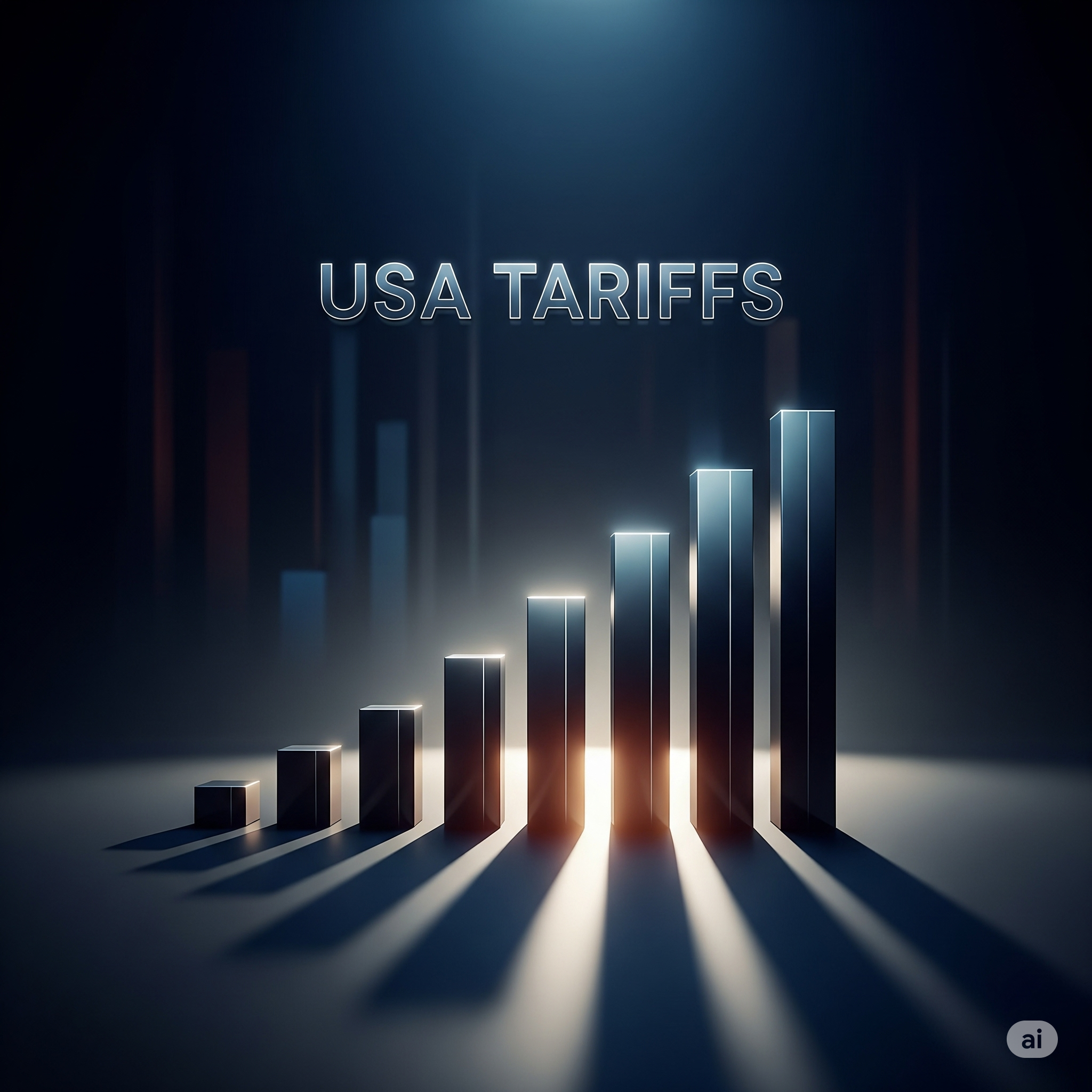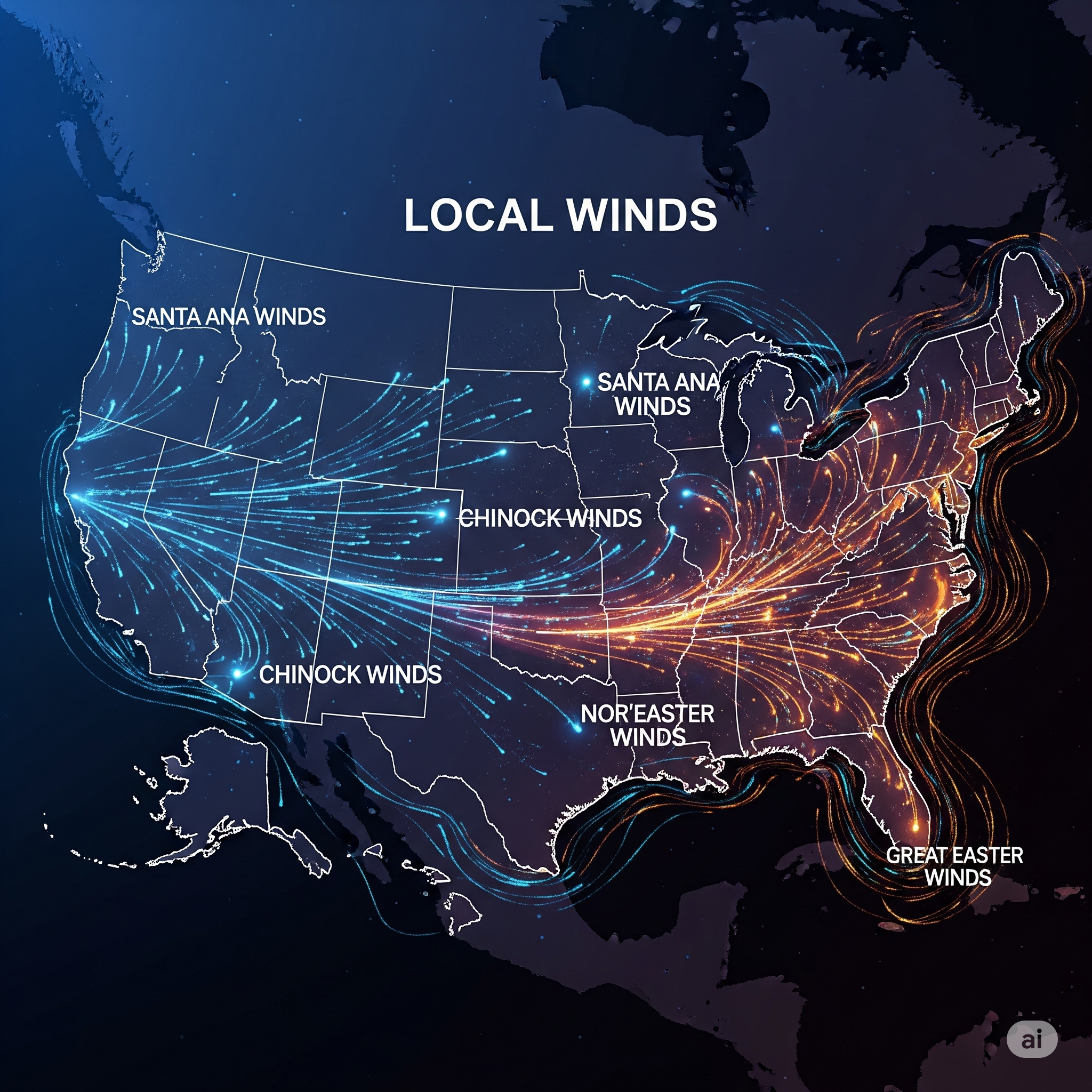Introduction
Tariffs, or taxes imposed on imported goods and services, are one of the oldest tools of international trade policy. While they may appear as a mere economic instrument, tariffs often carry political, strategic, and geopolitical motives. In the modern globalized economy, tariff wars, especially those initiated by the United States, have far-reaching implications beyond borders. In recent decades, particularly under the Trump administration (2017–2021) and continuing in modified forms under President Biden, the U.S. has used tariffs not only as an economic tool but also as a weapon of diplomacy, protectionism, and strategic competition—especially against China.
This article explores the real motives behind increasing tariffs by the United States, the stakeholders behind these decisions, the goals America seeks to achieve, and the broader global impacts of tariff wars. It analyzes the issue from economic, political, strategic, and historical perspectives to provide a complete picture for educational purposes.
The Concept of Tariffs and Their Historical Context
To understand the U.S. approach, it is essential to look at tariffs historically.
- Definition: A tariff is a tax levied on imports (and sometimes exports) to regulate trade, protect domestic industries, or generate revenue.
- Early Usage: In the 18th and 19th centuries, tariffs were primarily used to protect domestic industries during the industrialization phase.
- U.S. History with Tariffs:
- In the early U.S. economy, tariffs were a key source of government revenue.
- The Smoot-Hawley Tariff Act of 1930 raised tariffs to record levels, worsening the Great Depression by triggering retaliatory measures worldwide.
- Post-World War II, the U.S. championed free trade through institutions like GATT (General Agreement on Tariffs and Trade) and later the WTO (World Trade Organization).
- Shift in Strategy: In the 21st century, especially with the rise of China, the U.S. shifted back to protective tariffs as a tool to counter economic competition.
Motives Behind U.S. Tariff Increases
Tariffs are rarely just about economics. The motives are multifaceted:
1. Protecting Domestic Industries
- Manufacturing Jobs: U.S. manufacturing has declined due to globalization, automation, and offshoring, particularly to China. Tariffs on steel, aluminum, and electronics were intended to revive U.S. industries and protect jobs.
- Agricultural Sector: By imposing tariffs on foreign goods, the U.S. also pressures other countries to lower barriers for American agricultural exports.
2. Addressing Trade Deficits
- The U.S. has had a large trade deficit with China for decades, meaning it imports far more from China than it exports.
- Tariffs are used as leverage to reduce this deficit, though economists debate their effectiveness.
3. Strategic Rivalry with China
- Technological Competition: China’s rise in high-tech industries (5G, AI, semiconductors) threatens U.S. dominance. Tariffs and export controls aim to restrict China’s growth.
- Supply Chain Security: Tariffs are part of a broader strategy to “reshore” supply chains and reduce dependency on China for critical goods like medicines, microchips, and rare earth minerals.
- Geopolitical Influence: By imposing tariffs, the U.S. signals its intent to curb China’s growing influence in global trade and politics.
4. Political Motives
- Domestic Populism: Tariff policies are popular among working-class voters who believe free trade has harmed their jobs.
- Electoral Strategy: U.S. presidents often use tariffs to gain political support in key states (like the Rust Belt).
- Nationalism and Self-Sufficiency: Tariffs are framed as protecting “American workers first,” fitting into a broader narrative of economic nationalism.
5. Negotiating Leverage in Trade Deals
- The U.S. uses tariffs as a bargaining chip to push countries into renegotiating trade agreements.
- Example: The renegotiation of NAFTA into USMCA (United States–Mexico–Canada Agreement).
6. Revenue Generation (Minor Role Today)
- Historically, tariffs funded government expenditures. Today, revenue is not the main motive, but tariffs still generate billions in duties annually.
Who is Behind U.S. Tariff Decisions?
Tariff decisions are not solely economic but involve multiple actors:
- The U.S. Government
- The President: Holds significant authority to impose tariffs under trade laws.
- Congress: Influences tariffs through trade legislation and pressure from lobby groups.
- The President: Holds significant authority to impose tariffs under trade laws.
- Business and Industry Groups
- Manufacturing industries (steel, textiles, automobiles) lobby for tariffs to protect themselves.
- However, retailers and tech companies often oppose tariffs because they increase input costs.
- Labor Unions
- Many unions support tariffs as they protect jobs from outsourcing.
- Many unions support tariffs as they protect jobs from outsourcing.
- Strategic Think Tanks
- National security advisors push for tariffs against China to reduce dependence on foreign technology and critical resources.
Goals of the United States in Increasing Tariffs
The U.S. does not impose tariffs randomly. Its goals include:
- Reviving Domestic Manufacturing: To bring back factories and jobs from overseas.
- Challenging China’s Trade Practices: To counter unfair practices like intellectual property theft, subsidies, and forced technology transfers.
- Creating Bargaining Power: To force trading partners to accept American terms in bilateral or regional trade deals.
- National Security: Protecting critical industries like defense, semiconductors, and pharmaceuticals.
- Maintaining Global Economic Dominance: By weakening competitors and preserving U.S. influence in international markets.
Impacts of U.S. Tariffs on the World
The U.S. tariff policy has wide-ranging global effects, both positive and negative.
1. On Global Trade
- Tariffs disrupt supply chains, raise costs, and reduce the efficiency of global commerce.
- Countries retaliate with their own tariffs, escalating trade wars (e.g., China imposing tariffs on U.S. soybeans).
2. On Developing Economies
- Many developing nations rely on exports to the U.S. Tariffs reduce their competitiveness, affecting their growth.
- However, some countries (like Vietnam and India) benefit by becoming alternative suppliers to the U.S. as companies “diversify away from China.”
3. On Multilateral Trade Institutions
- The U.S.’s unilateral tariff moves weaken the credibility of the WTO.
- Disputes become harder to resolve, and global trade norms erode.
4. On Consumers
- U.S. consumers face higher prices for goods ranging from electronics to clothing.
- Inflationary pressure rises, especially in sectors dependent on imports.
5. On Businesses
- American companies that rely on global supply chains face increased costs.
- Export-oriented businesses suffer from retaliatory tariffs abroad.
6. On Geopolitics
- Tariff wars deepen U.S.–China rivalry, pushing the world toward economic bipolarity.
- Allies are sometimes pressured to take sides, creating diplomatic tensions.
The U.S.–China Trade War: A Case Study
The U.S.–China trade war (2018–present) exemplifies the motives and impacts of tariffs.
- Initiation: The U.S. accused China of unfair trade practices and imposed tariffs on $250 billion worth of Chinese goods.
- Retaliation: China responded with tariffs on U.S. agricultural products.
- Consequences:
- Supply chains shifted toward Southeast Asia and India.
- Farmers in the U.S. suffered losses, leading to government subsidies.
- Technology tensions (like the U.S. ban on Huawei) escalated beyond trade into security issues.
This case shows that tariffs are part of a larger geopolitical confrontation, not just an economic policy.
Future of U.S. Tariff Policy
Looking ahead, tariffs are likely to remain a central tool in U.S. trade and foreign policy.
- Continuation of U.S.–China Rivalry: Tariffs will remain a weapon in the technological and economic competition.
- Selective Globalization: The U.S. may support free trade with allies while using tariffs against rivals.
- Shifting Supply Chains: More companies will diversify away from China, benefiting countries like India, Vietnam, and Mexico.
- Potential Risks: Prolonged tariff wars could destabilize global markets, increase inflation, and weaken the multilateral system.
Conclusion
The U.S. decision to increase tariffs is driven by a mix of economic, political, and strategic motives. Far from being a simple tax policy, tariffs represent America’s struggle to protect domestic industries, counter China’s rise, secure supply chains, and maintain global dominance. While they serve short-term political and strategic goals, tariffs also disrupt global trade, increase costs for consumers, and heighten geopolitical tensions.
For students of international economics and politics, the U.S. tariff policy provides a valuable case study of how trade instruments are intertwined with national strategy. The future of tariffs will depend not only on economic rationality but also on how global power dynamics evolve in the coming decades.




